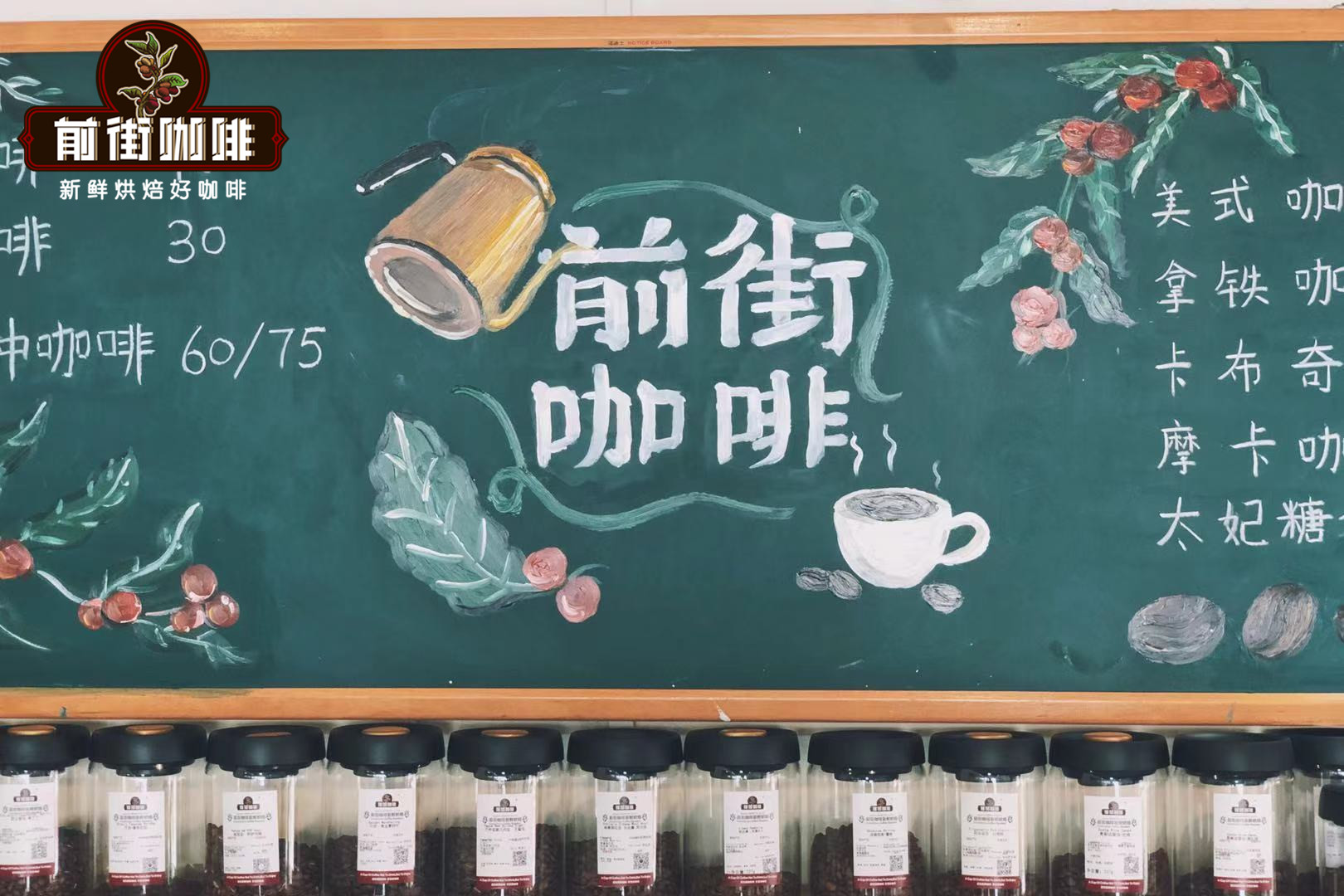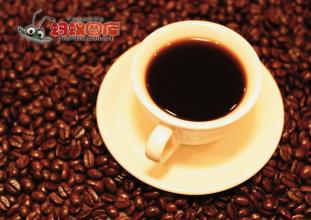Does the thickness of coffee powder affect the taste of coffee?-introduction to the grinding scale of different coffee
Water drop grinding method: fine
It mainly uses coffee to dissolve with water and slowly extract it from the water. because it needs to be extracted drop by drop in a coffee distiller, it takes a long time, and the taste of the coffee varies with the degree of roasting. The amount of water. The time is different, so it is suitable for deep-baked coffee beans, otherwise the sour taste will be too strong.
Brewing steps:
Pour the water into the pot, fix the filter paper in the cylinder filter tube, put the coffee into the coffee, and fix the coffee powder by the upper light pressure. All the coffee powder is soaked in the filter tube and assembled with the cup that receives the coffee powder. Adjust the drip suppository (about 40-42 drops per minute) in about 5-6 hours to finish the extraction.
Flannel filter drop bubble grinding method: medium
Its bubble method is more or less the same as filter paper, but the coffee taste is more detailed, it can make the coffee bitter. Sour taste and other characteristics are completely presented, but the inconvenience of flannel filter is in maintenance, cleaning and finishing. When using it for the first time, rinse it with hot water, then boil it in boiling water soaked in coffee powder or tea dregs for 10 minutes to remove the stench of the cloth, then rinse with water, rinse clean with hot water after use, soak in cold water and store. Remember not to use soap or dry directly, otherwise it will produce a bad smell. When refrigerated, it is best to put it in an airtight container so as not to stain the smell of other foods.
Brewing step: remove the filter from the water, gently wring the water with your hand, pour the coffee powder into the filter with the plush facing outward, gently shake, drop the boiling water into the coffee, from the center to the surrounding, do not inject too much at one time, lest the coffee powder begin to expand, produce fine foam from the filter and lower a few drops of coffee liquid from the filter. When the coffee liquid becomes light brown, remove the filter immediately. Sometimes the foam is mixed with impure substances, the taste of the coffee will get worse, after the extraction, the central part will not sink, and there will be no foam left on the surface.
Filter paper brewing grinding method: medium and fine
Brewing with filter paper is the most easy and hygienic way to brew coffee, and without buying expensive equipment, you can use the easiest way to make coffee at home, and another advantage is that it is easy to adjust the amount of coffee powder. Hot water quantity and injection method.
Use a kettle to select a fine spout for brewing. Hot water can be injected vertically, and the pot is filled with 7-8 minutes of hot water. When boiling water, pour slowly when the number of coffee is small, and pour faster when the number of coffee is large, so that strong coffee can be brewed.
Brewing steps:
Bend the sealing line of the special filter paper for coffee interactively and put it in a drip coffee pot; put 10g coffee powder in a cup of coffee, gently shake the coffee pot and let the coffee surface level; carefully pour boiling water on each inch of coffee powder; in order to extract the delicious ingredients of coffee, it is necessary to ripen for about 20 seconds; depending on the amount of coffee, put the right amount of hot water from the center to the center.
In order to prevent the hot water from overflowing, when the hot water rises to the upper half, pour it into the coffee cup quickly before the hot foam disappears.

Important Notice :
前街咖啡 FrontStreet Coffee has moved to new addredd:
FrontStreet Coffee Address: 315,Donghua East Road,GuangZhou
Tel:020 38364473
- Prev

Difference of Flavor characteristics between Solar and Water washing treatment of Yejiaxuefei Coffee beans introduction to brewing method of Yejiaxuefei
In order to improve the quality, Ethiopia introduced water washing technology from Central and South America, which made the jasmine and citrus fragrance of Yega Xuefei clearer and more refined, and became one of the best quality beans in the world, thanks to its exquisite washing technology. since the 1970s and 1970s, this area has become the most popular water-washed bean producing area in Ethiopia. Insolation
- Next

The main components of coffee astringency nutrition table introduction
The astringency of coffee is mainly due to the degradation of chlorogenic acid into decaffeoylquinic acid during roasting. In addition, a small amount of tartaric acid contained in coffee is also a source of astringency. The astringency in coffee is mainly due to the coagulation of dicaffeoylquinic acid with proteins in saliva in the mouth and in the mouth.
Related
- Guji coffee producing area of Guji, Ethiopia: Humbela, Shakiso, Wulaga
- What is the most expensive variety of Qiloso in BOP multi-variety group?
- How to store the coffee beans bought home?
- Why are Yemeni coffee beans so rare now?
- Ethiopian Sidamo all Red Fruit Sun Sun Santa Vini Coffee beans
- SOE is mostly sour? What does it mean? Is it a single bean? what's the difference between it and Italian blending?
- Is Italian coffee beans suitable for making hand-brewed coffee?
- How to choose coffee beans when making cold coffee? What kind of coffee beans are suitable for making cold coffee?
- Just entered the pit to make coffee, what kind of coffee beans should be chosen?
- Can only Japan buy real Blue Mountain Coffee? What are authentic Jamaican Blue Mountain coffee beans?

